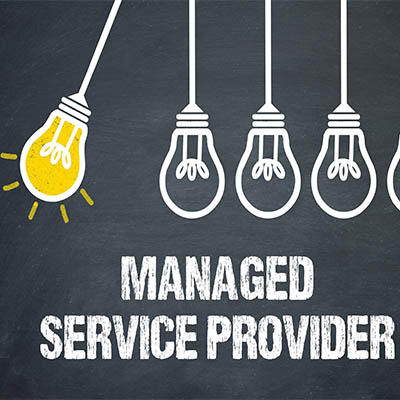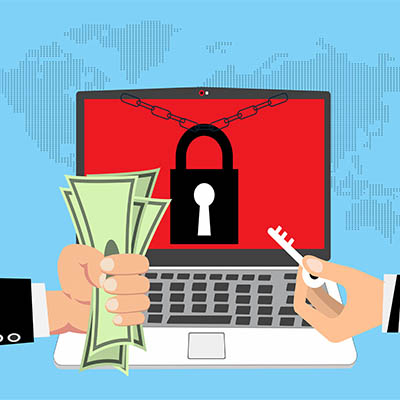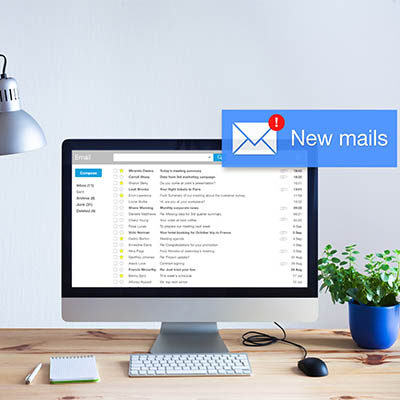If you have ever had to write up a report or process for a particular task, you know that images can go a long way toward helping people understand what exactly needs to be done. For Windows 10 users, there is a built-in tool that you can utilize to take screenshots, record video, and even record audio alongside all of this: the Xbox Game Bar.
Imagine that you are a kid again and you get low marks on a test in school. The natural response from your parents and teachers is that you need to double down on studying for that subject, as it is clear that you struggle with it. The same can be said for any professional shortcomings, such as public speaking, interpersonal communication, and other performance-based skills. But what if we flipped this concept on its head and focused not on what our deficits are, but instead where our strengths lie?
Small businesses are often in a precarious position with technology management, struggling with budgeting and acquisition of new technology as well as the difficulties that come with hiring top talent. Thankfully, they have an ace up their sleeves that allows them to stay competitive: managed IT services. With a great managed service provider helming their technology strategies, small business owners have a lot less to worry about than they might otherwise… at least in terms of their technology, anyway.
Your business is not unique in the sense that it stores and transmits data during its day-to-day routines. Whether it’s financial information for your clients or employee records, it is more than likely that your business holds some kind of critical data that your operations rely on throughout the workday. Would your operations be able to recover from a sudden loss of data?
Implementing new technology into your IT infrastructure is not something that can be done without serious consideration. If you skip the planning process, the last thing you should expect is for things to work out in your favor. Start by weighing your organization’s specific needs, then consider all of the ways that those needs can be met. Today we are going to discuss how you can make all of this happen in the easiest way possible.
Ransomware has taken over the security industry, as we are sure you have seen from the endless headlines associated with it. All business owners must remain cognizant of the dangers that ransomware represents. A new study has found that organizations infected by ransomware that wind up paying the ransom are not necessarily better off–in fact, paying the ransom could have disastrous consequences.
For the past year, remote work has been basically the only option for some businesses. If the pandemic has proven anything, it is that all of our preconceived notions of remote work being impossible for certain industries and sectors are simply not true. Most businesses can leverage remote work in some capacity, so in a post-COVID world, it is your responsibility as a business owner to act on the many benefits that remote work can pose for organizations like yours.
The week of June 14th, 2021 saw many applications and websites suffer from outages. This, consequently, created considerable problems for many organizations that used these services. Businesses suffered from continuity issues, but perhaps the biggest takeaway is just how vulnerable the Internet really is to these kinds of issues. What happened, exactly?
Major cyberattacks seem a dime a dozen these days, especially with businesses that might not seem like possible targets. For example, McDonald’s restaurants recently suffered a data breach. Let’s take a look at the situation, how it played out, and what we can learn from it.
As you read this sentence, think about the current state of your email inbox. Is it clean and crisp with only a handful of new emails on a daily basis, or is it an entangled mess filled with hundreds (or even thousands) of unread and often unimportant emails? If it’s the latter, you’re in luck; we’ve got some tips to help you finally get a grip on your email inbox.










